According to the PropEquity report, last year, India’s top 30 Tier-II cities experienced a surge in residential property prices, with increases of up to 65%. This surge is largely attributed to enhanced infrastructure, growing job opportunities, and an increased demand for both luxury and affordable housing. Cities like Jaipur, Indore, and Guntur have led the price hikes, while cities like Raipur continue to offer affordable housing options. Despite the sharp rise in prices, Raipur has managed to maintain its status as the most affordable city in this segment, making it an attractive choice for homebuyers on a budget. The surge in housing prices in Tier-II cities marks a significant shift in the real estate landscape, highlighting their growing prominence as residential investment hubs.
Jaipur Leads with 65% Increase:
Jaipur’s residential property prices increased by a substantial 65%, with the average price rising from ₹4,240 per sqft to ₹6,979 per sqft. The city’s improved infrastructure and the influx of premium housing projects have contributed to its growing appeal among homebuyers.
Other Cities with Significant Price Growth:
- Indore: 20% increase in property prices, driven by rising demand for urban housing.
- Dehradun: 14% increase, as the city attracts people seeking a quieter lifestyle.
- Guntur: Saw a 51% increase, marking it as one of the highest growth cities in the southern region.
- Mangalore: Prices increased by 41%, as the city continues to attract buyers seeking both luxury and affordable housing.
- Visakhapatnam: 29% rise, as demand for real estate in this coastal city remains strong.
Raipur’s Affordability Remains Intact:
Despite the surge in prices across other cities, Raipur remains the most affordable city, with property prices increasing by only 14%, reaching ₹3,810 per sq ft. This makes it an attractive destination for homebuyers looking for value without compromising on development.
Factors Driving the Surge in Property Prices:
Several key factors are influencing the surge in property prices across India’s Tier-II cities. These factors include improved infrastructure, affordable land prices, rising demand for premium housing, and the creation of new job opportunities, all of which contribute to the growing appeal of these cities.
Improved Infrastructure and Connectivity:
Over the past few years, significant infrastructure improvements have been made in Tier-II cities. These developments include new highways, metro systems, and improved airports. The enhancement in transportation and connectivity has made these cities more accessible, attracting both developers and homebuyers. Cities like Gandhinagar, Bhubaneshwar, and Surat have undergone extensive infrastructure upgrades, improving their desirability for commercial and residential investments. As connectivity improves, these cities are becoming more integrated into national and global economic activities.
Affordable Land Prices:
One of the key drivers behind the rising property prices in Tier-II cities is the relatively low cost of land compared to major metropolitan areas. The cost of land in cities like Jaipur and Indore is significantly lower than in cities like Mumbai or Bengaluru, which enables developers to build larger-scale projects without the high overhead costs found in metropolitan areas. This enables developers to offer competitive pricing for residential properties, making them more accessible to homebuyers. Lower land prices also contribute to the growth of both premium and affordable housing markets in these cities.
Rising Demand for Premium Housing:
The demand for premium housing in Tier-II cities has seen a marked increase as urbanization accelerates. As more professionals and families migrate to these cities in search of better living conditions, the need for high-quality housing has risen. Developers are responding to this demand by launching upscale housing projects with modern amenities, attracting individuals seeking luxurious homes. In cities like Jaipur and Guntur, the growth of the premium housing sector has contributed significantly to the overall price rise.
Job Creation and Economic Growth:
Economic growth and job creation in Tier-II cities have also been crucial factors driving the surge in property prices. The development of tech parks, industrial zones, and business districts has created new employment opportunities, particularly in cities like Indore and Gandhinagar. As these cities develop into major economic hubs, they attract professionals from larger cities who are seeking more affordable housing options with better living standards. This influx of migrants has created sustained demand for both residential and commercial real estate, further fueling price increases.
Price Trends Across Regions:
The price trends in India’s Tier-II cities have been diverse, with some cities seeing significant price hikes, while others have experienced slower growth. :
North India:
- Jaipur: 65% increase, with the city becoming a key destination for premium housing.
- Indore: Prices have risen by 20%, reflecting growing demand from both buyers and developers.
- Dehradun: Saw a 14% rise in prices, as more people move to the city for a quieter, more relaxed lifestyle.
Eastern India:
- Bhubaneshwar: 15% increase, pushing the average price to ₹7,731 per sqft.
- Raipur: Only a 14% rise, maintaining affordability with average prices of ₹3,810 per sqft.
Southern India:
- Guntur: 51% increase, driven by increased demand for both residential and commercial real estate.
- Mangalore: Prices surged by 41%, fueled by an influx of both luxury and affordable housing developments.
- Visakhapatnam: 29% rise in property prices, as demand for housing continues to increase.
Western India:
- Gandhinagar: 19% increase, as it attracts more business and industry.
- Surat: 14% rise, supported by economic growth and better connectivity.
- Nagpur: 12% increase, indicating steady demand and investment in residential real estate.
Cities Experiencing Price Declines:
While the majority of Tier-II cities have seen price increases, a few cities have experienced price declines:
- Sonepat: Property prices dropped by 26%, as demand has slowed in the area.
- Mohali: Prices fell by 8%, reflecting a dip in buyer interest.
- Bhopal: A slight 5% decrease, possibly due to market adjustments.
- Mysore: Saw a 14% drop, likely due to oversupply in certain sectors.
- Trivandrum: A 4% decrease, signaling a slight slowdown in the real estate market.
Future Outlook:
With increasing migration from larger cities, the demand for premium housing in Tier-II cities is expected to remain strong. This demand will likely continue to drive price growth, particularly in cities like Jaipur and Guntur, where luxury housing projects are expanding. Future infrastructure developments, such as new highways, metro lines, and improved airports, will further enhance the connectivity of these cities. This will attract more residents and investors, ensuring continued growth in the real estate market.
Image source- freepik.com


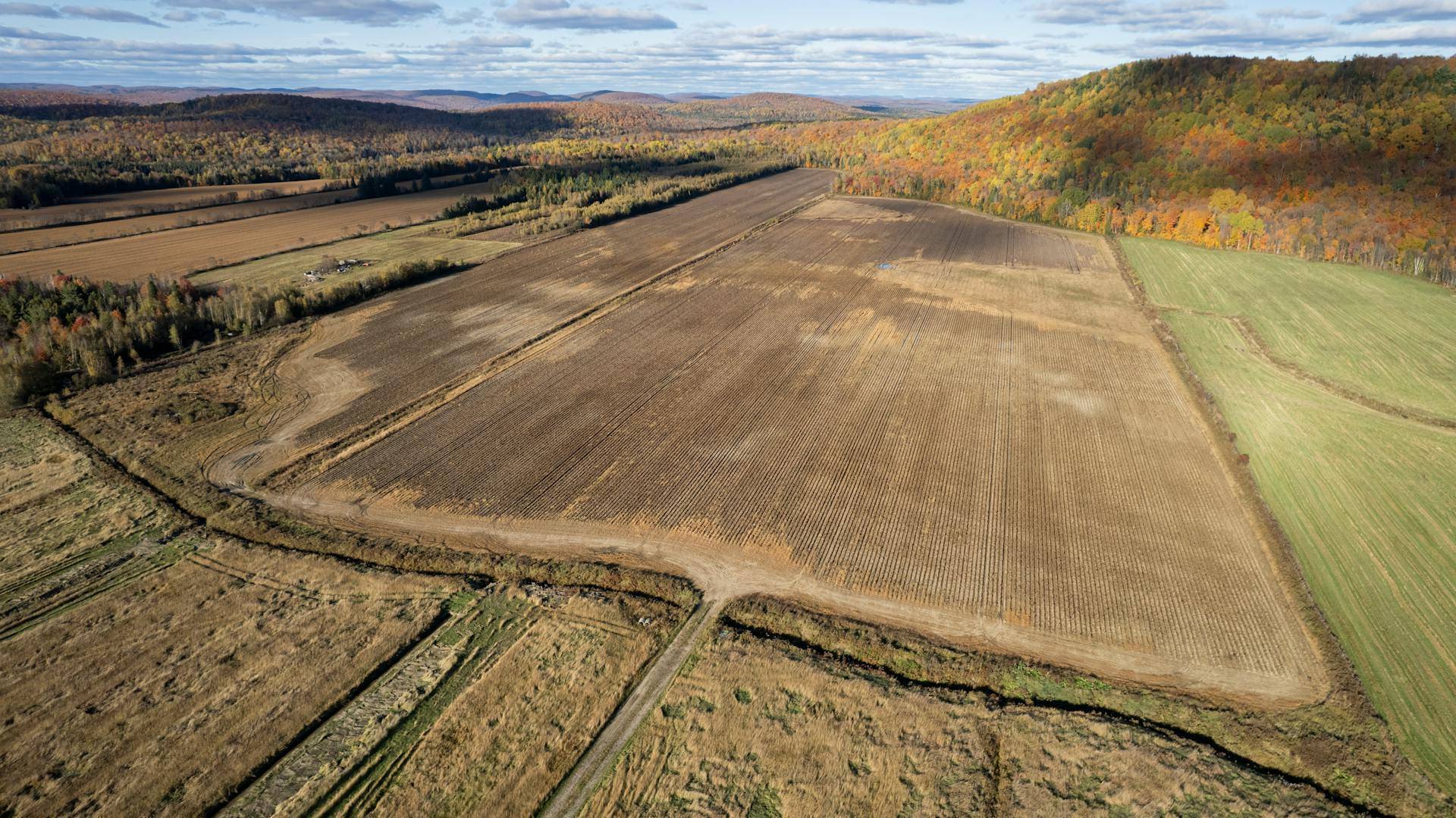
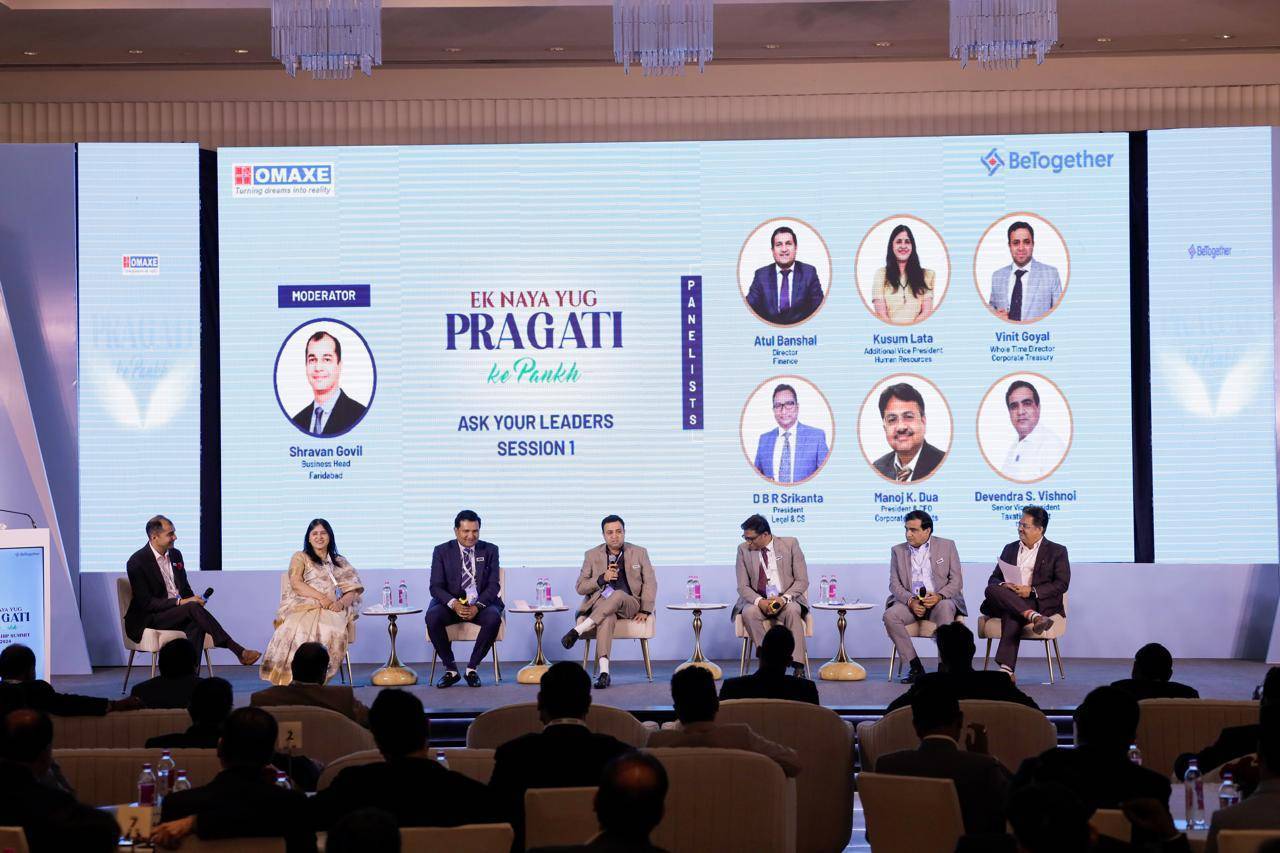


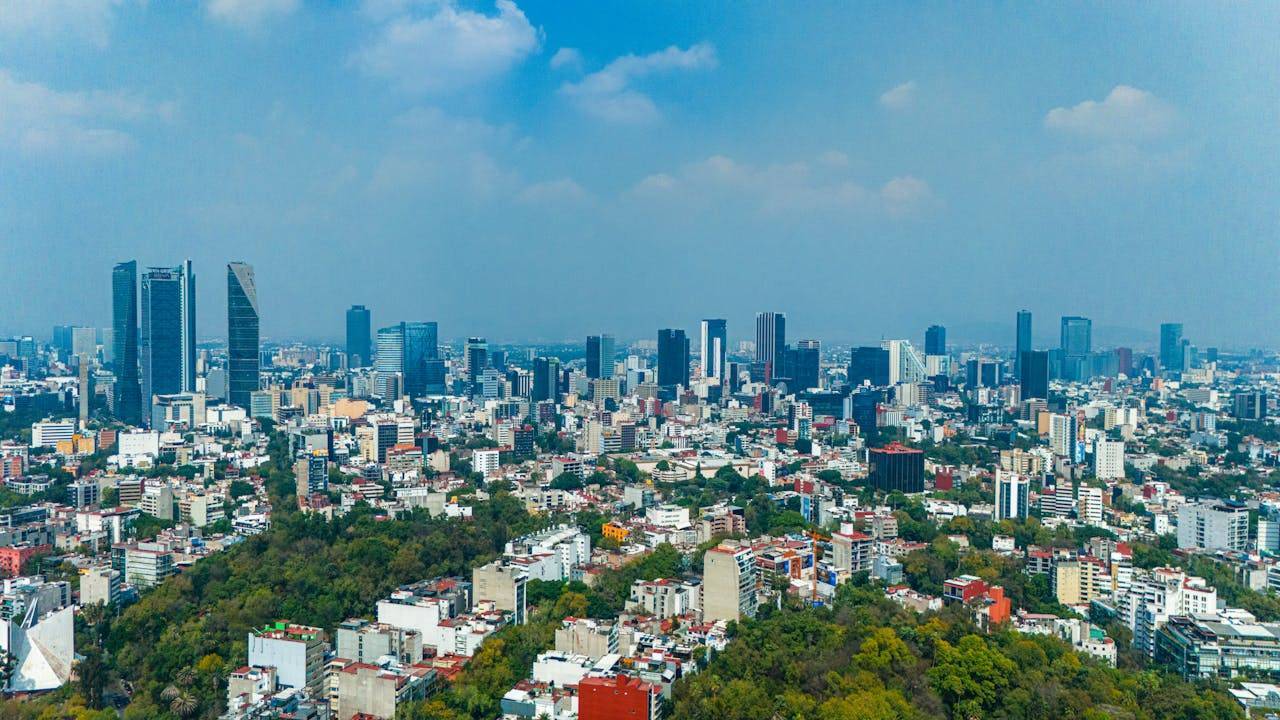
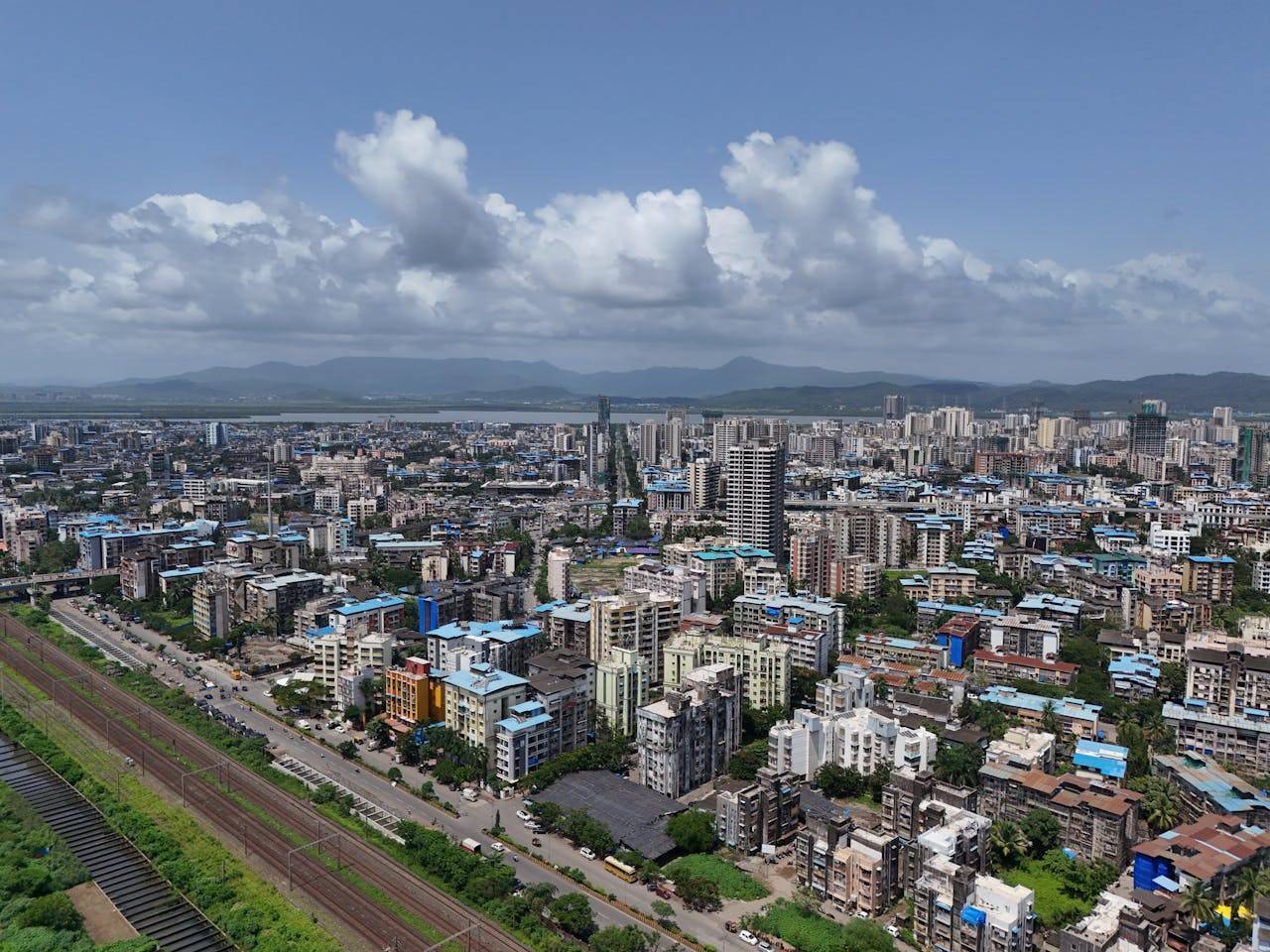
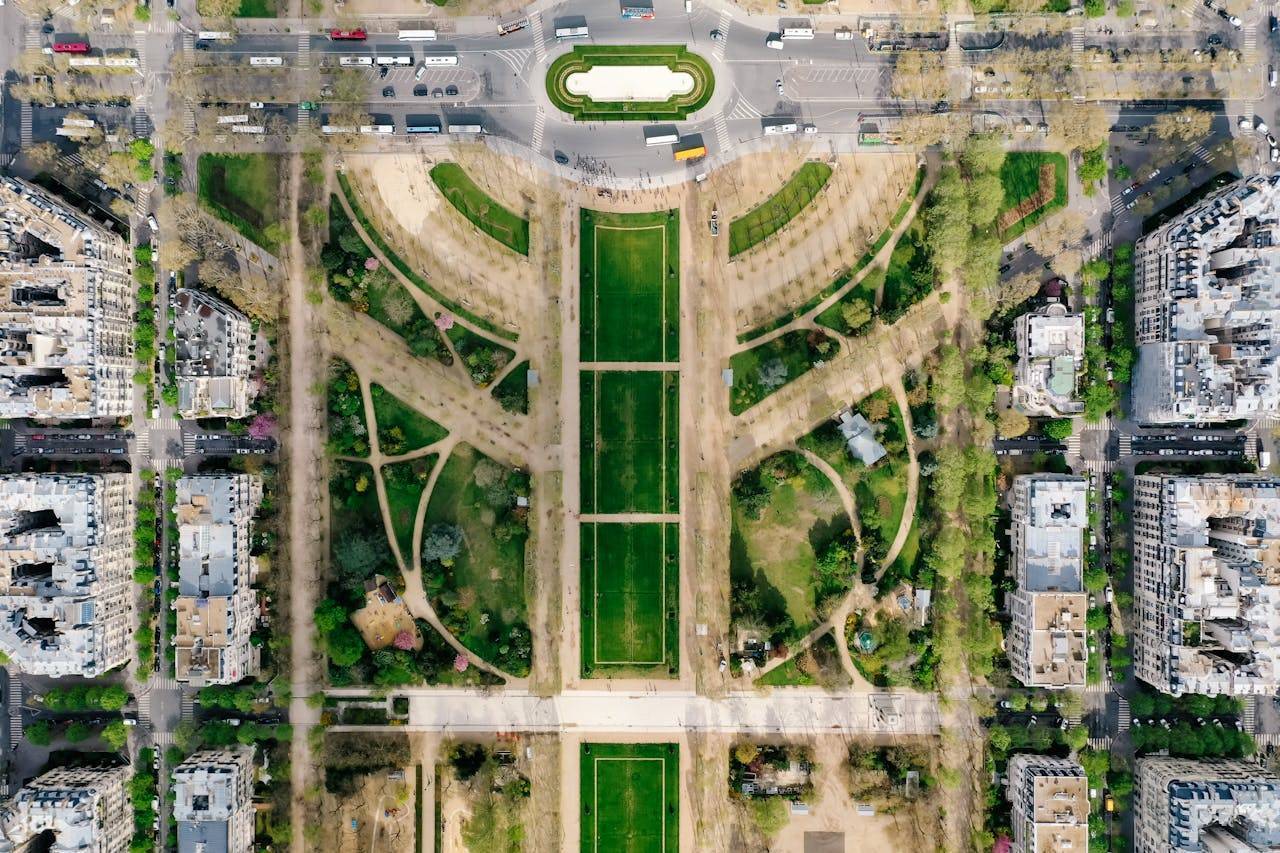
.png)